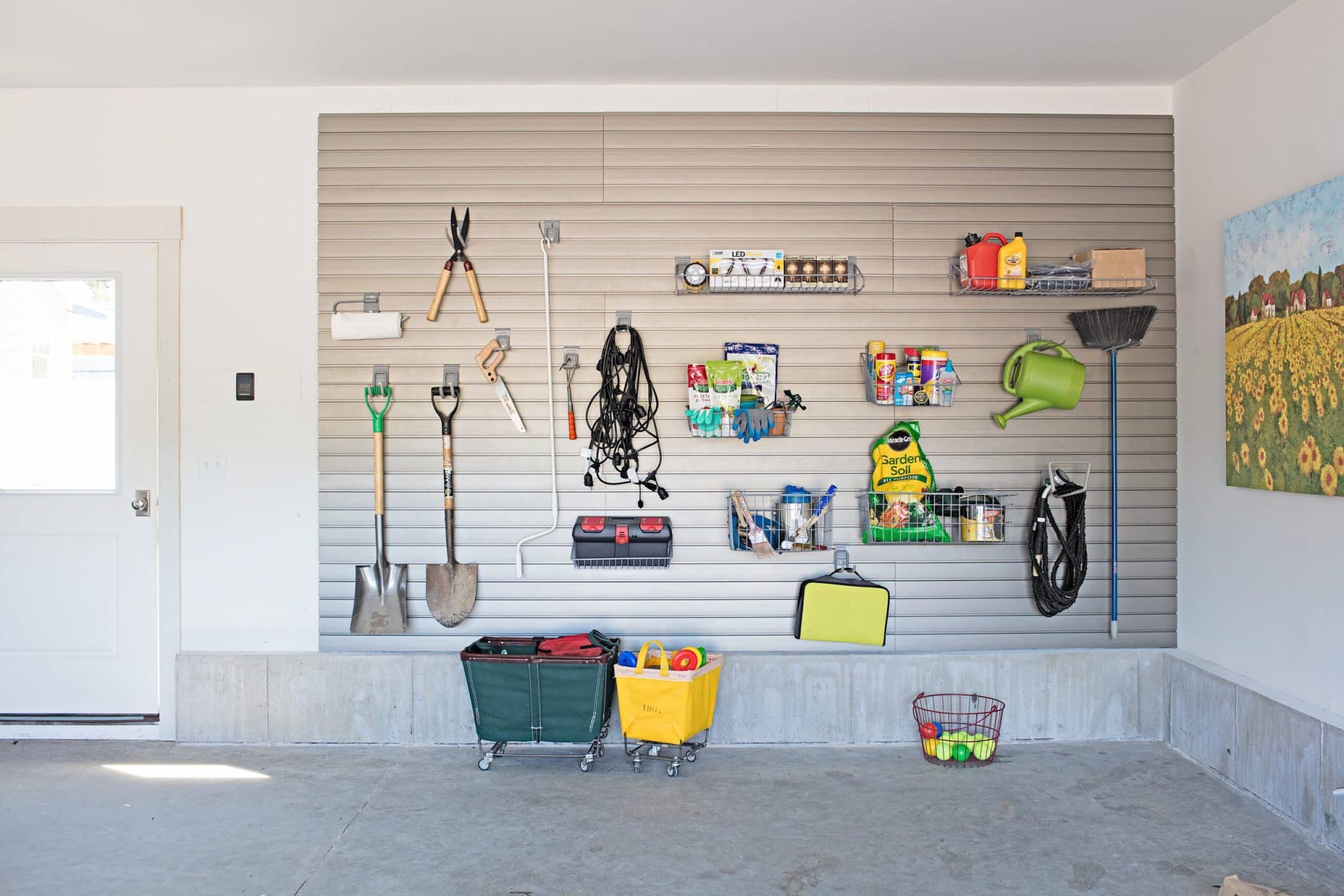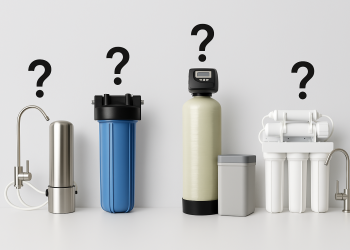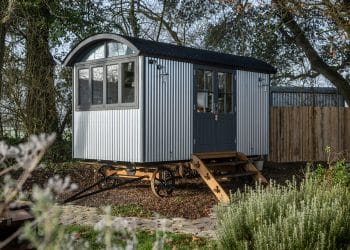
A garage is not just a safe place to park your car. Many garages serve as game rooms, workshops and storage areas. They’re multifunctional spaces that can easily become cluttered and disorganized without proper organization and planning. Read on to learn the do’s and don’ts of garage storage here.
The Do’s
You can use numerous tactics to organize your garage, keeping sparingly used items out of sight and commonly used items close by.
Use Wire Shelving
Wire shelving is a practical, affordable and convenient way to organize items in your garage. It maximizes space by allowing you to store items along the wall, where you can see and access them easily. Consider adding accessories, like hooks and baskets to separate items by category, such as sports supplies, lawn equipment or car cleaning products.
Store in Bins and Stack Them
Large plastic storage bins often find their way into the garage. These handy boxes with lids keep clutter out of sight while protecting the contents from moisture, dust and debris. Many garage owners tend to stack these giant, heavy bins on top of each other, making the bottom bin difficult to access.
Consider buying or building a storage tower that allows you to stack bins on individual, sturdy shelves. This tactic offers easy access to each bin, whether you’re looking for holiday decorations, beach supplies, camping gear or other commonly stored items.
Use Overhead Space
The storage space inside your garage can fill quickly as your family grows and takes on new hobbies and interests. Use all the available storage space in your garage by storing items along or hanging from the ceiling.
Creating overhead storage can be as easy as installing homemade racks made from PVC piping, metal or wood along the garage’s ceiling. This can be an ideal space to store long or flat items, like beach umbrellas, shovels, surfboards or sleds.
The Don’ts
It’s easy to get carried away creating more space inside the house by moving things to the garage — but the temperature inside the garage, moisture, pests and other factors can damage many items. Here are a few tips to keep in mind when creating your garage storage space.
Leave Pet Food Inside
Varying pests, from insects to mice and raccoons, may find their way into your garage at some point. They may leave their droppings inside any pet food containers or bags they access. These remnants can harm your cats, dogs and other pets.
Put Canned Food in the Pantry
The garage may seem like a great place to keep excess canned goods, but that’s only if the garage or storage area is temperature controlled. The varying temperature and elements inside a garage can spoil canned foods and cause cans to explode.
Avoid Cardboard Storage Boxes
Moisture and pests can easily enter cardboard boxes, nibbling on the items inside, leaving droppings or completely ruining your belongings. Plastic storage bins are superior to cardboard when it comes to garage storage.
Infographic created by Danley’s, a garage services company
A garage is an ideal place to store countless home items, from yard tools and automotive supplies to sports equipment and seasonal decorations. However, the garage’s lack of climate control and possible pests may damage some of your belongings.
To learn more about the do’s and don’t of garage storage, check out the accompanying resource.







